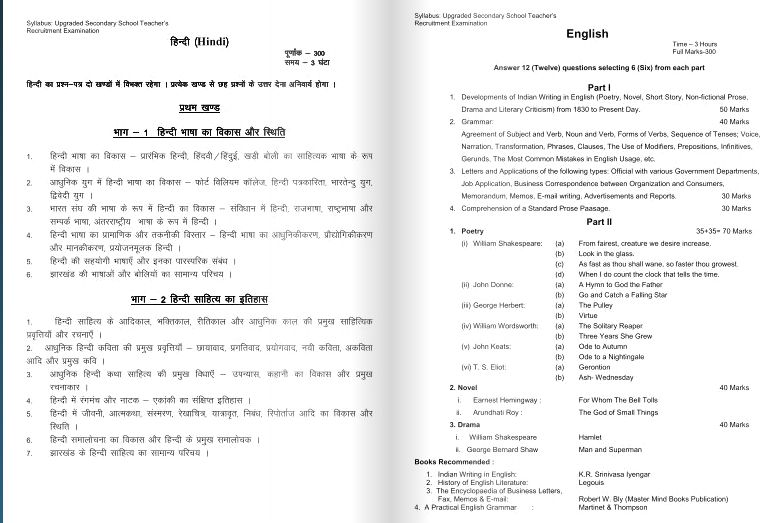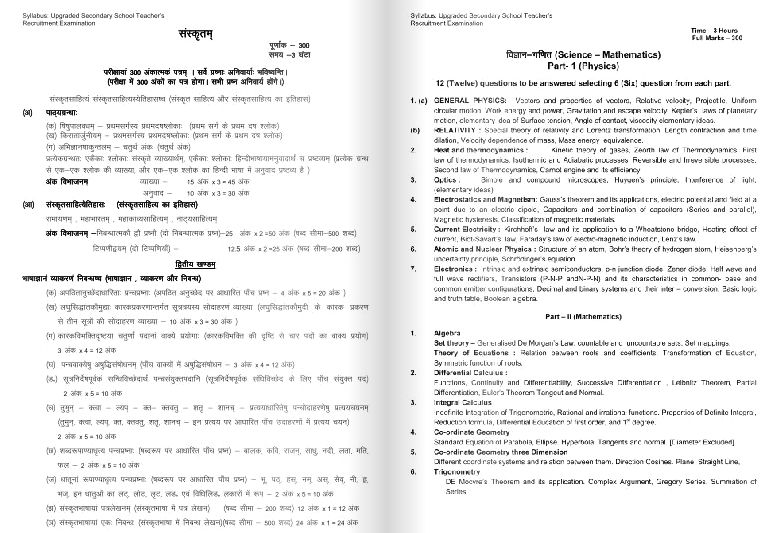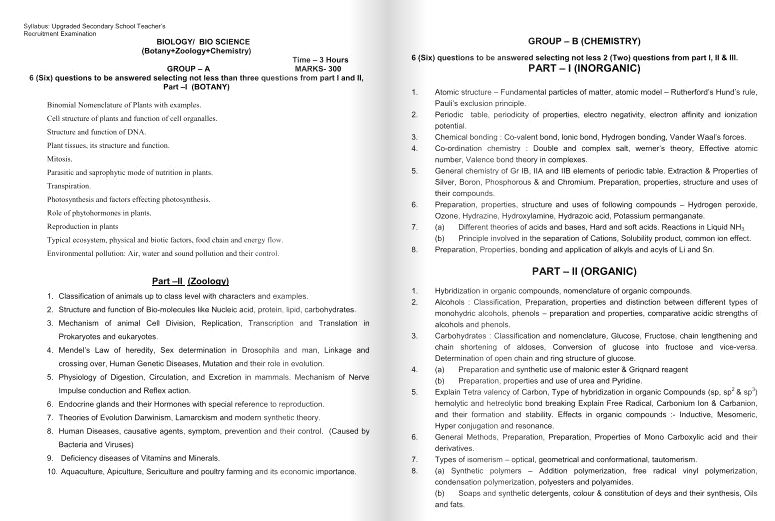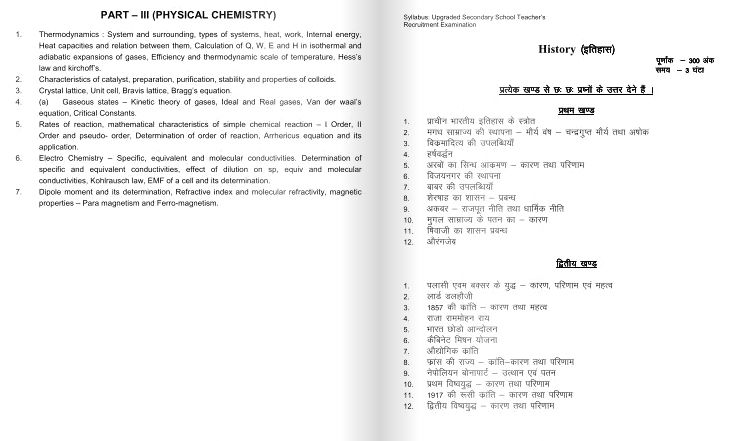|
#12
1st October 2019, 09:33 AM
| |||
| |||
| Re: Jharkhand upgraded High School Exam Syllabus
As you want here I am giving bellow Jharkhand Upgraded High School Exam Syllabus so on your demand I am providing same here : Jharkhand Upgraded High School Exam Syllabus PART I (INORGANIC) 1. Atomic structure Fundamental particles of matter, atomic model Rutherfords Hunds rule, Paulis exclusion principle. 2. Periodic table, periodicity of properties, electro negativity, electron affinity and ionization potential. 3. Chemical bonding : Co-valent bond, lonic bond, Hydrogen bonding, Vander Waals forces. 4. Co-ordination chemistry : Double and complex salt, werners theory, Effective atomic number, Valence bond theory in complexes. 5. General chemistry of Gr IB, IIA and IIB elements of periodic table. Extraction & Properties of Silver, Boron, Phosphorous & and Chromium. Preparation, properties, structure and uses of their compounds. 6. Preparation, properties, structure and uses of following compounds Hydrogen peroxide, Ozone, Hydrazine, Hydroxylamine, Hydrazoic acid, Potassium permanganate. 7. (a) Different theories of acids and bases, Hard and soft acids. Reactions in Liquid NH3. (b) Principle involved in the separation of Cations, Solubility product, common ion effect. 8. Preparation, Properties, bonding and application of alkyls and acyls of Li and Sn. PART II (ORGANIC) 1. Hybridization in organic compounds, nomenclature of organic compounds. 2. Alcohols : Classification, Preparation, properties and distinction between different types of monohydric alcohols, phenols preparation and properties, comparative acidic strengths of alcohols and phenols. 3. Carbohydrates : Classification and nomenclature, Glucose, Fructose, chain lengthening and chain shortening of aldoses, Conversion of glucose into fructose and vice-versa. Determination of open chain and ring structure of glucose. 4. (a) Preparation and synthetic use of malonic ester & Griqnard reagent (b) Preparation, properties and use of urea and Pyridine. 5. Explain Tetra valency of Carbon, Type of hybridization in organic Compounds (sp, sp2 & sp3) hemolytic and hetreolytic bond breaking Explain Free Radical, Carbonium Ion & Carbanion, and their formation and stability. Effects in organic compounds :- Inductive, Mesomeric, Hyper conjugation and resonance. 6. General Methods, Preparation, Preparation, Properties of Mono Carboxylic acid and their derivatives. 7. Types of isomerism optical, geometrical and conformational, tautomerism. 8. (a) Synthetic polymers Addition polymerization, free radical vinyl polymerization, condensation polymerization, polyesters and polyamides. (b) Soaps and synthetic detergents, colour & constitution of deys and their synthesis, Oils and fats. PART III (PHYSICAL CHEMISTRY) 1. Thermodynamics : System and surrounding, types of systems, heat, work, Internal energy, Heat capacities and relation between them, Calculation of Q, W, E and H in isothermal and adiabatic expansions of gases, Efficiency and thermodynamic scale of temperature, Hesss law and kirchoffs. 2. Characteristics of catalyst, preparation, purification, stability and properties of colloids. 3. Crystal lattice, Unit cell, Bravis lattice, Braggs equation. 4. (a) Gaseous states Kinetic theory of gases, Ideal and Real gases, Van der waals equation, Critical Constants. 5. Rates of reaction, mathematical characteristics of simple chemical reaction I Order, II Order and pseudo- order, Determination of order of reaction, Arrhericus equation and its application. 6. Electro Chemistry Specific, equivalent and molecular conductivities. Determination of specific and equivalent conductivities, effect of dilution on sp, equiv and molecular conductivities, Kohlrausch law, EMF of a cell and its determination. 7. Dipole moment and its determination, Refractive index and molecular refractivity, magnetic properties Para magnetism and Ferro-magnetism. Jharkhand Upgraded High School Exam Syllabus     |